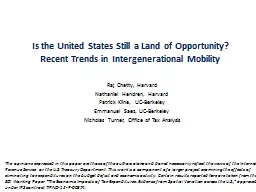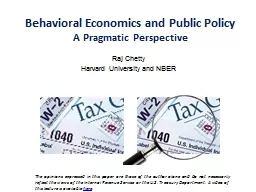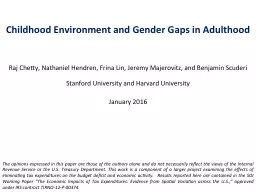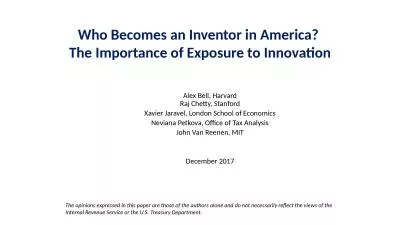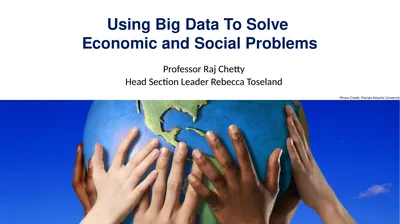PPT-Raj Chetty , Harvard Nathaniel
Author : karlyn-bohler | Published Date : 2018-11-09
Hendren Harvard Patrick Kline UCBerkeley Emmanuel Saez UCBerkeley Nicholas Turner Office of Tax Analysis Is the United States Still a Land of Opportunity Recent
Presentation Embed Code
Download Presentation
Download Presentation The PPT/PDF document "Raj Chetty , Harvard Nathaniel" is the property of its rightful owner. Permission is granted to download and print the materials on this website for personal, non-commercial use only, and to display it on your personal computer provided you do not modify the materials and that you retain all copyright notices contained in the materials. By downloading content from our website, you accept the terms of this agreement.
Raj Chetty , Harvard Nathaniel: Transcript
Download Rules Of Document
"Raj Chetty , Harvard Nathaniel"The content belongs to its owner. You may download and print it for personal use, without modification, and keep all copyright notices. By downloading, you agree to these terms.
Related Documents

